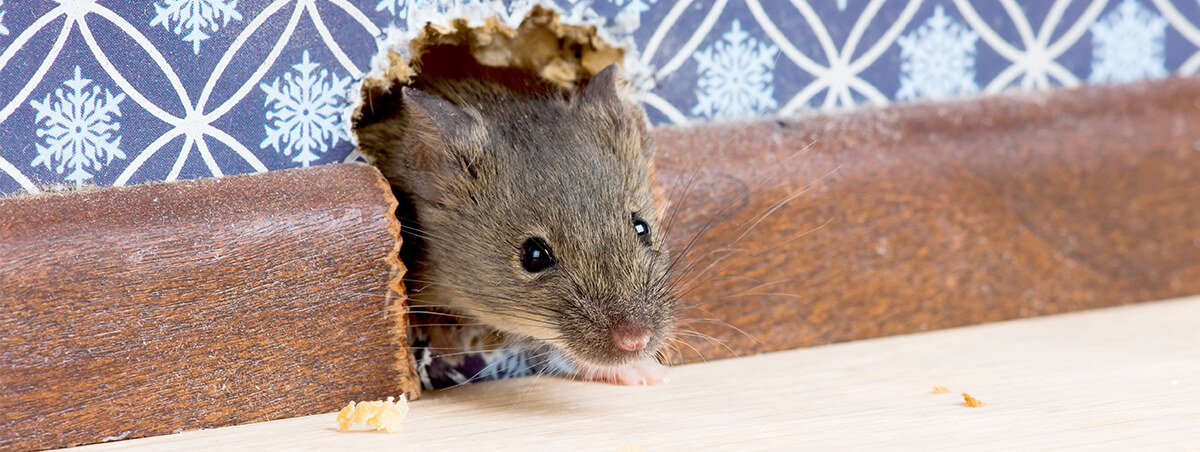5 Pointers for Defeating Rodents
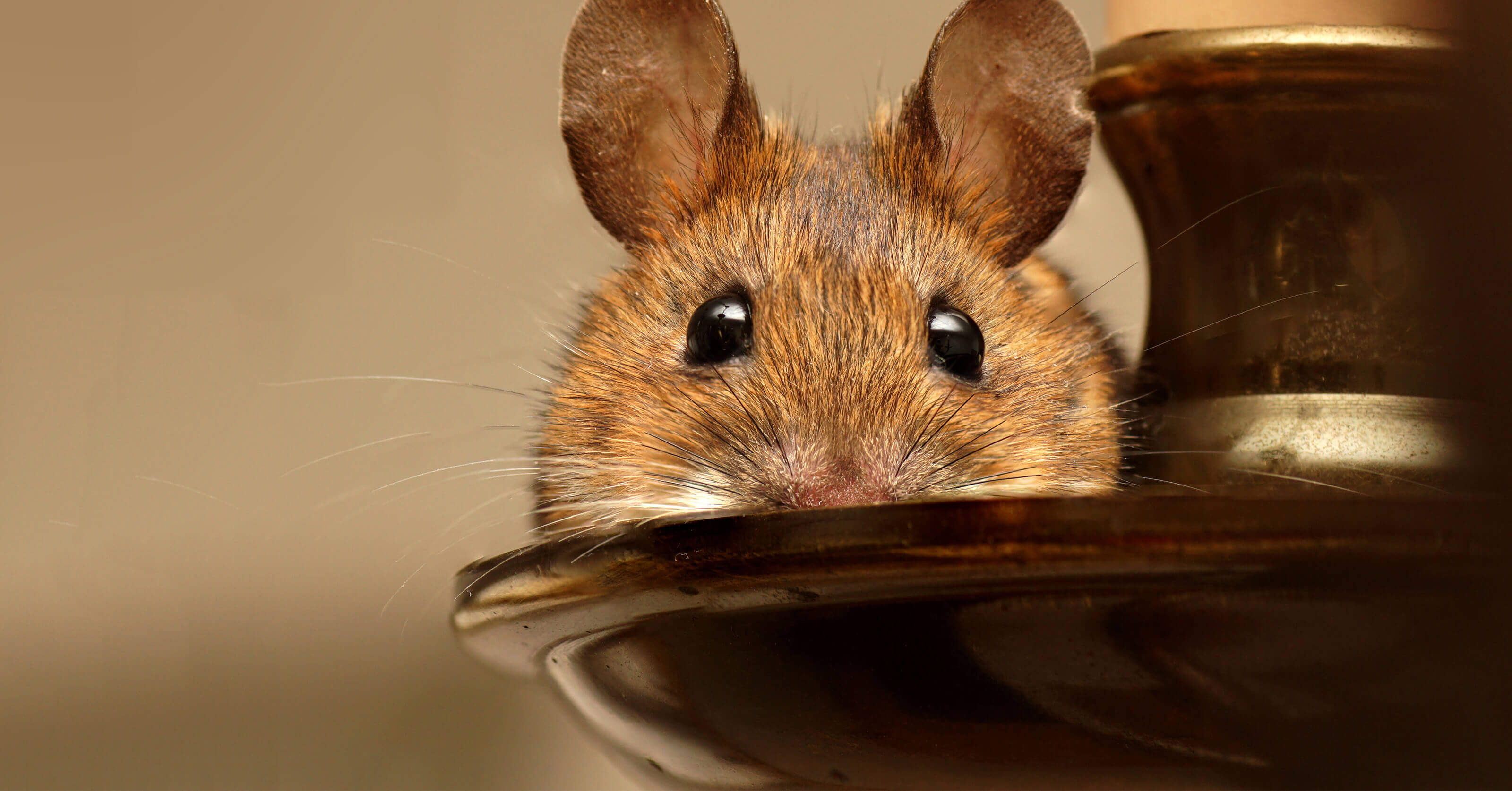
When you hear “mice and rats,” what words come to mind? Annoying? Filthy? Scary? Disgusting?
How about dangerous?
As it turns out, your fear of rodents isn’t irrational—they are dangerous.
Rodents are common vectors for diseases, fleas, germs, and other filth. There’s a reason restaurants are required to be rodent-free: these vermin can pose a serious health threat.
Unfortunately, the danger doesn’t stop at your health. Mice and rats are also dangerous to your home. They’re known to commonly chew through air conditioning and heating units, wooden structures, and even the exposed wiring under your car. Depending on the severity of these damages, rodent activity poses a danger to your wallet.
Protect yourself against these pitfalls by taking a “better safe than sorry” approach to rodents. Implementing all the preventative measures you can and acting swiftly should you see evidence of activity is crucial. To rodent-proof your home, these five tips are a great place to start.
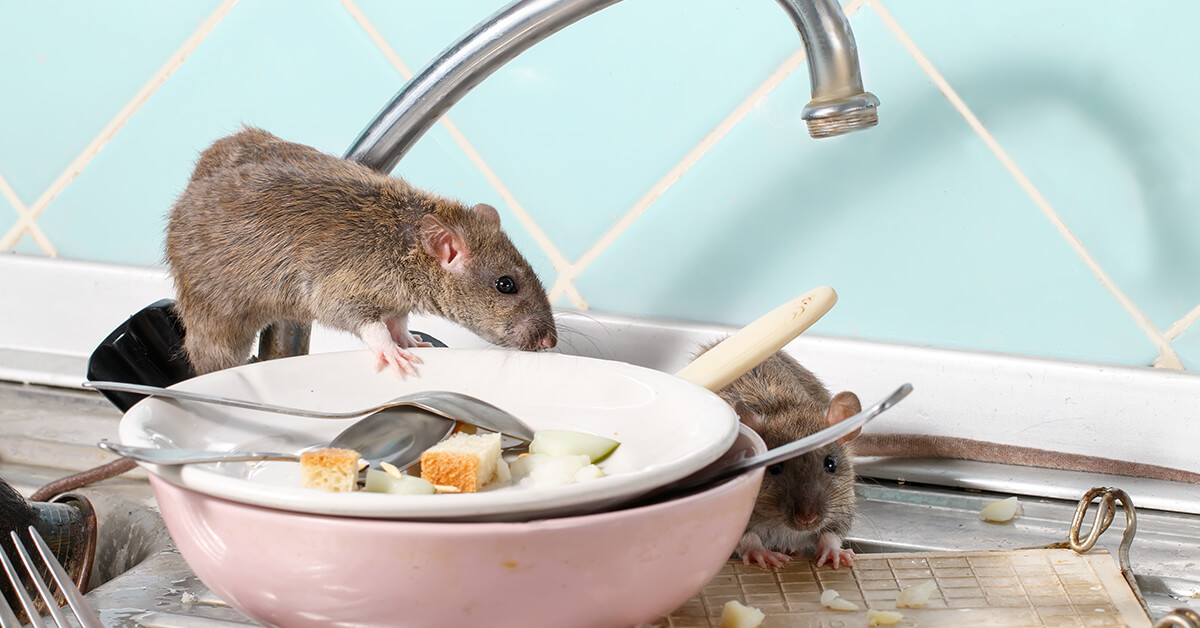
1. Don’t. Leave. Food. Out.
Seriously, it’s arguably the most important tip we can give.
As the adage says, “If you build it they will come.” Or in this case, if you leave it out they will come. When food is left out or improperly stored, it’s practically a loud invitation for mice and rats to run rampant on your property. Leave food out consistently, and rodents will visit consistently… resulting in mice and rat nests built in unseen locations in your home.
Leaving food out is more than just dragging your feet on cleaning up after dinner. In fact, even the tidiest of people overlook ways in which they’re running a rodent soup kitchen.
Obviously, it’s important to put away food and clean dishes in a timely manner after eating. But, it’s equally important that you:
- Only eat in the kitchen or other designated areas: crumbs are still a source of food.
- Regularly wipe down all surfaces that come into contact with food.
- Keep lids on all trash cans, both indoors and outdoors.
- Collect and dispose of any fallen fruit, vegetables, and leaves in your yard.
- Properly store food in airtight containers—rodents can chew right through those flimsy cardboard boxes and plastic packaging.
- Properly dispose of pet waste.
- Don’t leave out pet food; put pets on a timed feeding schedule. This is especially important as pet food is often an antidote for bait box products.
Rodents will shamelessly eat things we would never consider “food.” Basically, they’re objectively disgusting—but you already knew that.
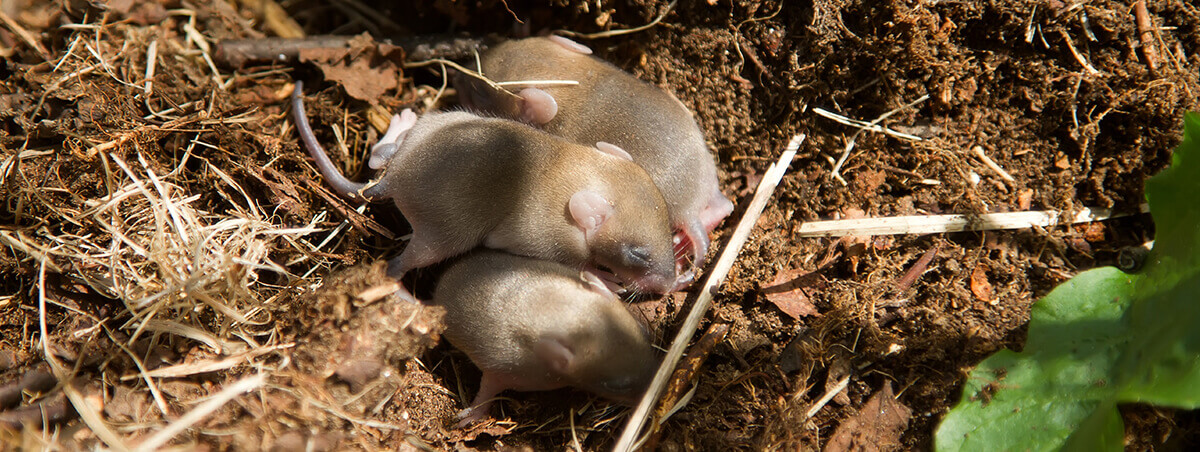
2. Keep up with landscaping
Since rodent activity starts in the yard, this one is a must. Mice and rats love to build nests in overgrown foliage with fallen leaves and sticks, so don’t let your yard become their prime real estate! Keep all bushes, trees, and plants neatly trimmed, regularly collect fallen leaves, and properly collect or dispose of any grown fruits and vegetables.
When possible, keep trees and shrubs at least six feet away from your home’s walls and roof. Rodents are more likely to scale your walls when they are already visiting a touching bush, and a tree with branches extending to your roof is a rodent’s ideal ladder. Don’t give them the satisfaction.
Additionally, ensure there is no standing water anywhere on your property, including in your gutters. The last thing you want is for your home to become the local rodent watering hole—what a nightmare.
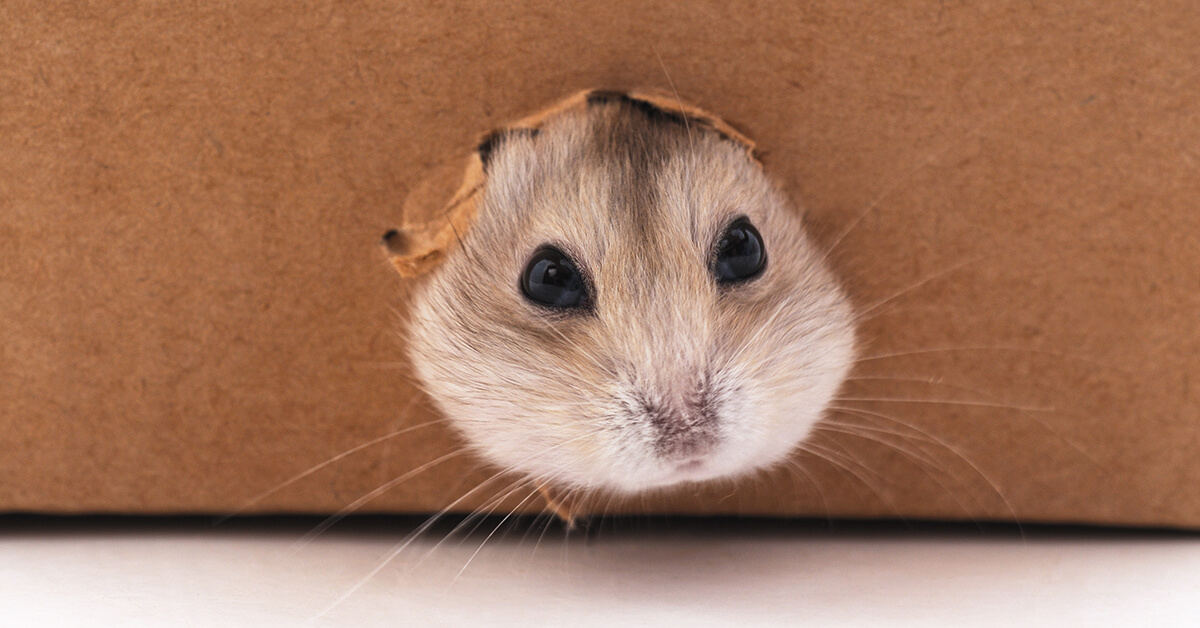
3. Regularly de-clutter
Keeping your home clutter free not also does wonders for your mind, but also for rodent control. Piles of newspapers, magazines, boxes, and clothes provide mice and rats with both materials and places to build nests. When storing things in your home or in your garage, opt for airtight, plastic bins instead of cardboard boxes or plastic bags.
Trust us, you do not want to open up a box of holiday decorations and discover a rat nest. It definitely puts a damper on Christmas cheer.
4. Seal up cracks and crevices
If you’re seeing rodents inside your home, there’s a chance you have some hidden cracks in walls, windows, doors, roofing, or flooring. Irritatingly, rodents are masters at squeezing through tight places. They can squeeze through cracks as mind-blowingly small as ¼ of an inch wide—almost as impressive as it is exasperating.
If you decide to hunt for possible cracks on your own, you can use caulking foam purchased from a home improvement store to seal them right up.
If you deem the invasion beyond your scope, there are professional services that will identify and seal these structural issues for you. Depending on where you live, your local Moxie branch may provide this type of service.
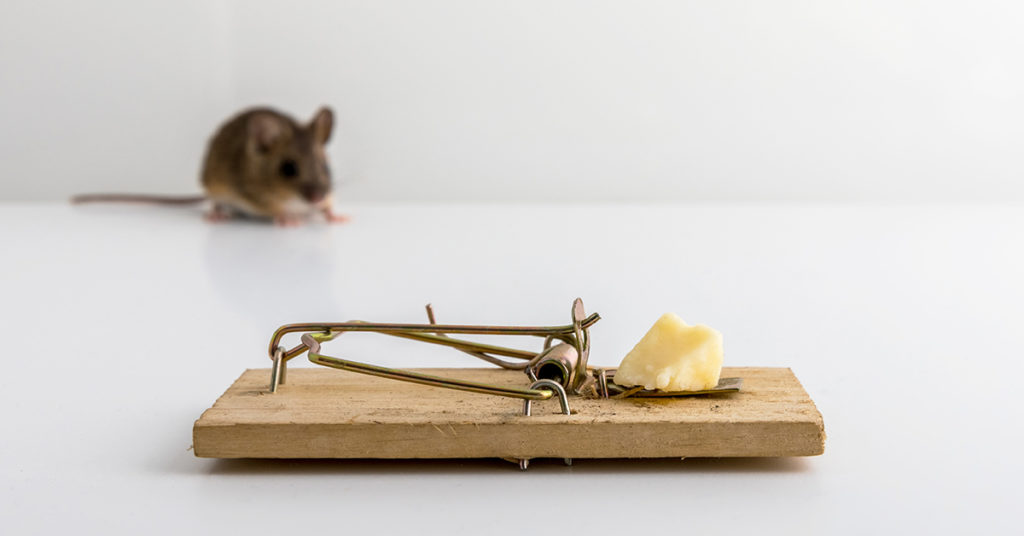
5. Don’t interfere with professional treatments
If, despite your best efforts, rodents have forced themselves into your life, professional pest control can help you take back control. There are two main ways professionals go about treating rodents:
A. Utilizing Bait Boxes
Bait boxes are the preferred course of action since they provide a long-term treatment solution. A bait box is a sturdy, locked box filled with rodent products. These boxes have ¼ to ½ inch openings… perfect for rodents to get in and out, but way too small for your pets.
In fact, the most common objection people have to bait boxes is concern for pet safety. Let us put your mind at ease: bait boxes are expertly designed to keep your pets out. Also, rodent products have no secondary transfer; there’s no need to worry about your pets eating rodents that have ingested products.
It is imperative to leave the bait boxes in the locations where they were placed by pest professionals. Locations are chosen based on expert evaluation of the yard and rodent activity. Furthermore, rodents are extremely wary of change. It will take them weeks to become comfortable enough with a bait box to go inside—moving it will only delay its effectiveness.
B. Setting Traps
As everyone who has ever watched cartoons knows, rodent traps aim to capture unsuspecting mice and rats for disposal. What you may not know, however, is that they won’t work placed just anywhere.
Rodents prefer to travel alongside walls and baseboards so they are protected from threats on one side. Professionals take advantage of this and other behaviors to place rat traps in the locations they will be most effective. Moving traps can completely neutralize them as a method of rodent elimination.
Don’t wait another day to protect yourself from mice and rats. Do you and your home a favor—get into the habit of rodent prevention! If you have any questions about rodents or the different rodent services we provide, give us a call! When it comes to protecting your home and family, we’re on your team.
Sources: https://www.cdc.gov/rodents/prevent_infestations/index.html https://www.epa.gov/rodenticides/identify-and-prevent-rodent-infestations http://www.idph.state.il.us/envhealth/pchousemouse.htm https://www.pestworld.org/news-hub/pest-articles/10-easy-tips-to-prevent-mice-and-rodents-inside-the-home/ https://www.goodhousekeeping.com/home/cleaning/a35872/how-to-get-rid-of-mice/

